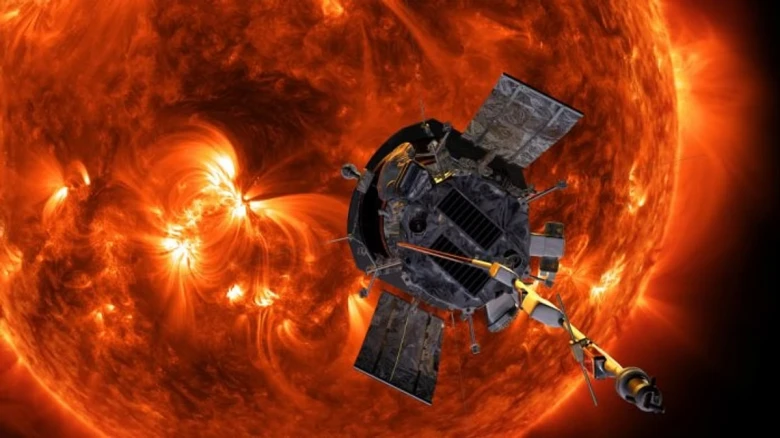International

The Aditya mission to study the Sun, which is scheduled for launch in September...
Digital Desk: In a remarkable achievement, the Indian Space Research Organisation (ISRO) has accomplished yet another significant milestone with its third lunar mission, Chandrayaan-3, making a historic soft landing on the Moon's surface on August 23. As the nation applauds this achievement, ISRO is already gearing up for its next ambitious endeavor, the Aditya mission to study the Sun, which is scheduled for launch in September.
The triumph of Chandrayaan-3 was heralded by ISRO chief S Somanath, who expressed his enthusiasm for the upcoming missions. "Aditya Mission to the Sun is getting ready for launch in September. Gaganyaan is still a work in progress. We will do a mission possibly by the end of September or October to demonstrate the crew module and the crew escape capability which will be followed by many test missions until we do the first manned mission possibly by 2025," Somanath stated.
The Aditya-L1 mission is set to become India's maiden space-based endeavor to investigate the Sun. The spacecraft is slated to be placed in a halo orbit around the Lagrange point 1 of the Sun-Earth system, a prime location to observe and study solar phenomena.
Simultaneously, following its successful landing, the Pragyan rover of Chandrayaan-3 has disembarked from the Vikram lander and commenced its traverse across the lunar terrain. Over the next 14 days, roughly equivalent to one lunar daylight period, the rover will conduct a series of scientific investigations.
ISRO chief S Somanath highlighted the rover's scientific instruments and objectives. "Pragyan Rover has two instruments both related to elemental composition findings on the moon as well as chemical compositions... Moreover, it will do the roving over the surface. We will also do a robotic path planning exercise which is important for future explorations for us..." he explained. As the rover progresses, it will imprint India's national symbol, the Ashoka Pillar, along with the iconic logo of ISRO on the lunar surface.
The rover's primary mission involves analyzing the Moon's surface through its Alpha Particle X-ray spectrometer (APXS) payload. This instrument will facilitate the determination of chemical and mineralogical composition, thereby advancing our understanding of the Moon's geological makeup.
ISRO's strategic choice of the lunar south pole as the mission's landing site was underscored by Somanath. "The South Pole has a specific advantage with respect to being less illuminated by the sun. There is a potential for it to have more scientific content...Scientists who are working on the moon showed a lot of interest in the South Pole because ultimately human beings want to go and create colonies and then travel beyond. So the best place is something we are looking for and the South Pole has the potential to be that."
In recognition of ISRO's relentless pursuit of space exploration and its recent triumphs, Karnataka Chief Minister Siddaramaiah felicitated ISRO chief S Somanath at the agency's headquarters in Bengaluru on August 24.
As India forges ahead in the realm of space exploration, these accomplishments underscore the nation's growing prowess in the field and its commitment to unraveling the mysteries of the cosmos. With the imminent launch of the Aditya mission and ongoing lunar endeavors, ISRO continues to capture the world's attention with its remarkable feats.
Leave A Comment